Expert tips on the most economical way to use central heating UK
With colder days and nights drawing in, investigating the most economical way to use central heating UK is high on many homeowners' agendas. We reached out to the experts for their advice on how to heat your home for less
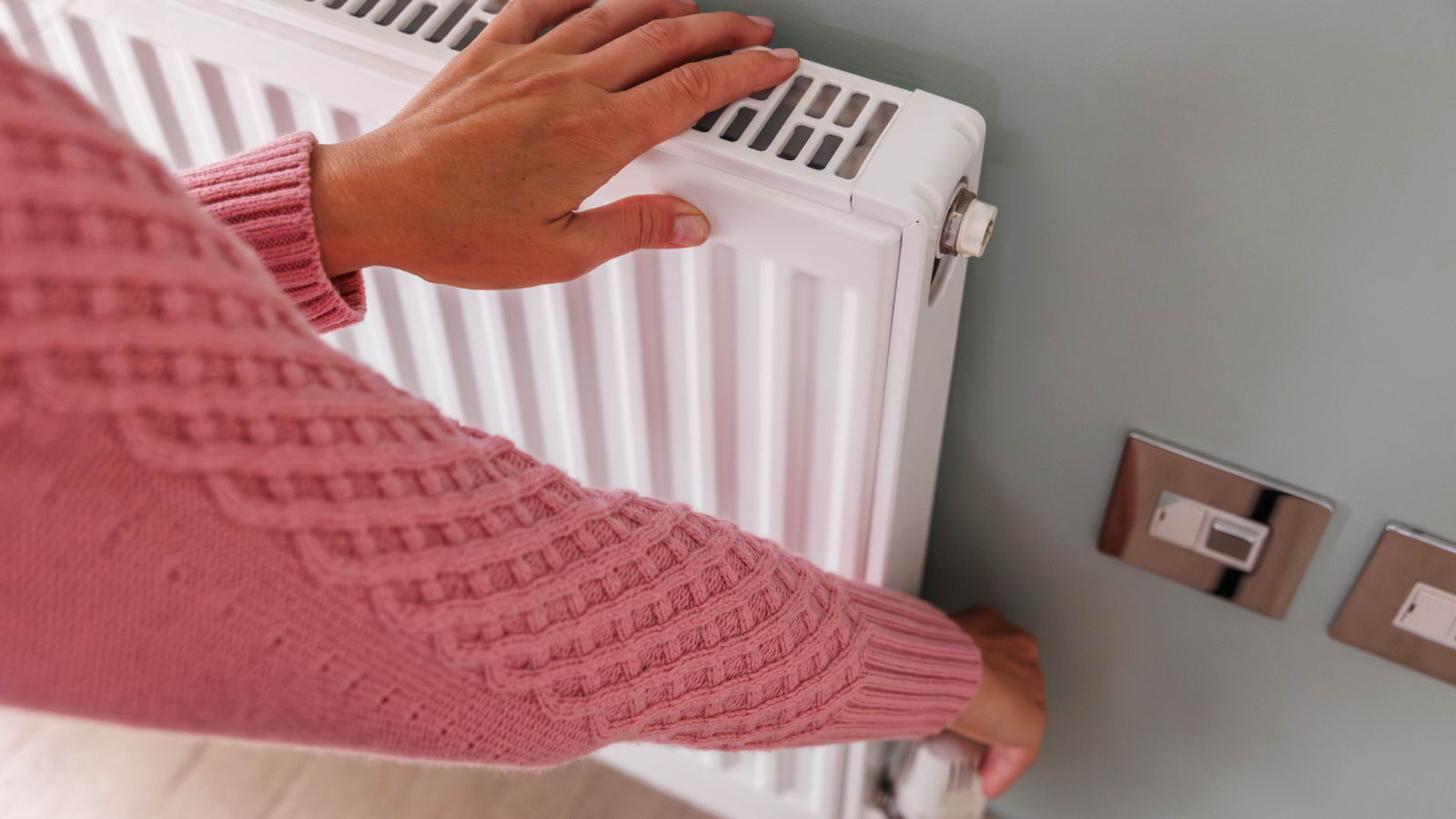
Frosty mornings and chilly nights might invoke thoughts of snuggling up and getting cosy in the warmth of your home but unless you find out the most economical way to use central heating UK, they can also see your energy bills soar. Now is the best time to get on board with some energy saving tips if you don't want your bank balance to suffer this winter.
"With the winter months approaching, the UK will now be gearing up their homes for the colder temperatures," observes James Longley, managing director at Utility Bidder. "However, with the government planning on capping the winter fuel allowance, many Brits will now be concerned about how they can keep their homes warm this winter whilst being more economically conscious."
If you are keen to discover ways of using your central heating to keep a lid on your winter fuel costs, we're here to help. We've gathered together the top tips from a range of energy experts to provide you with all the advice you need.

James Longley is managing director and founder of Utility Bidder, an award-winning business energy consultancy in the UK. He primarily manages supplier relations, as well as helping with new business opportunities. James has nearly two decades of experience under his belt in the energy sector, and has since expanded to launch the 'James Longley Group' in 2024 – where ambitious business owners can seek to maximise their growth with James' help.
What is the most economical way to use central heating UK?
It is actually useful to know that there are a range of things you can do to ensure better central heating efficiency and that you are using your system economically. These range from the way in which you set your thermostat to taking care of your boiler.
1. Lower your heating thermostat
One tip all of the experts we spoke to agreed on in order to lower your central heating costs per hour was to lower your thermostat.
"Lowering your heating thermostat by one degree can result in a ten percent decrease in your energy costs," reveals Anthony Smith, director at Midland Air Conditioning. "Conduct an experiment and see if you can continue to feel comfortable when lowering the temperature on your heating thermostat by one degree for a week. If it does, holding it at that temperature may help reduce costs. However, make sure that the temperature is within a healthy range if you have a medical condition that makes you particularly vulnerable to the cold."
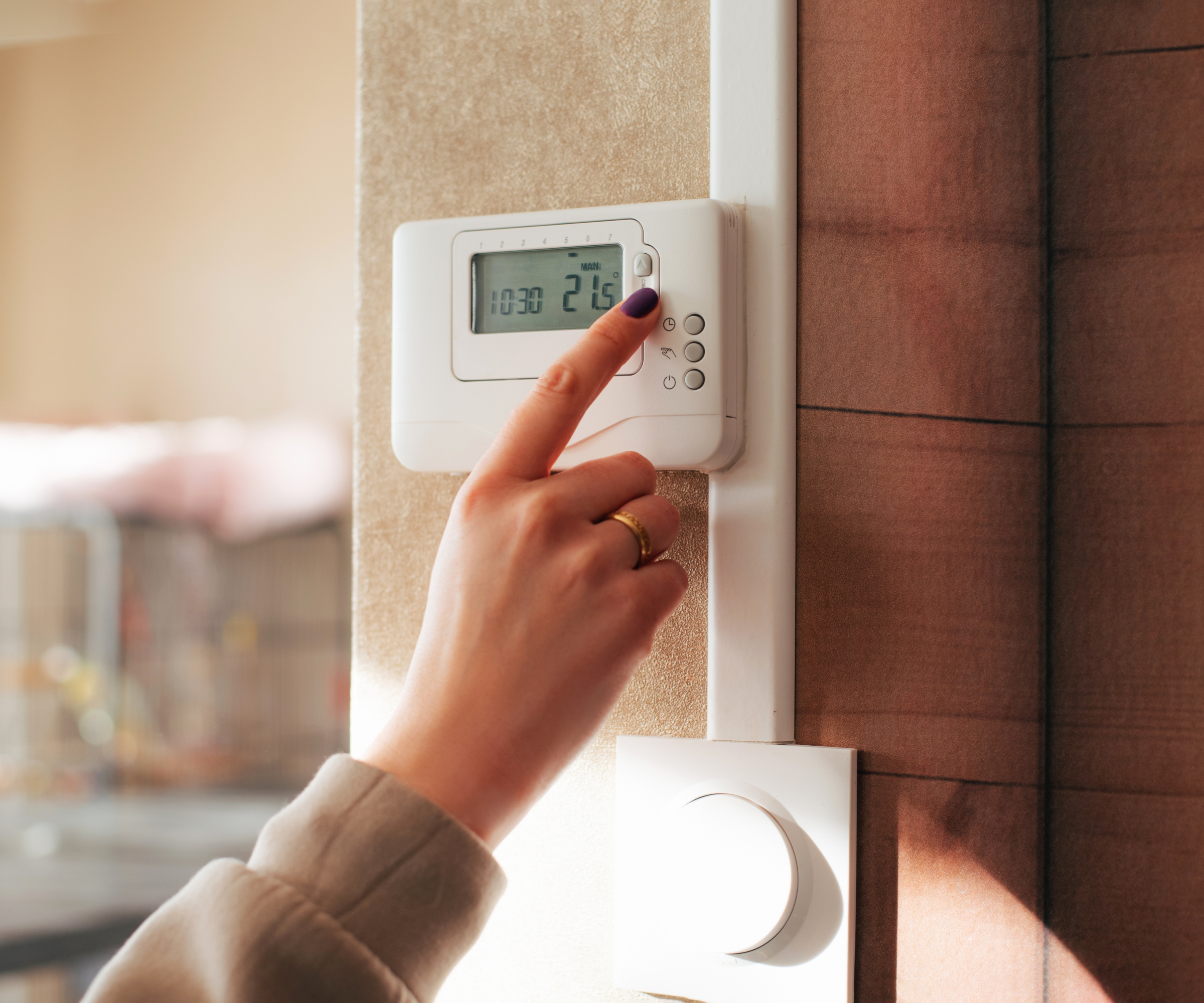

Anthony Smith is the director of Midland Air Conditioning Ltd, a trustworthy air conditioning, solar panel and EV charger provider offering installation, maintenance and repair services in the West Midlands. Anthony has over 28 years of experience in the HVAC industry.
2. Give your boiler a thorough health check
Autumn or winter seem to be the most common times for boilers to decide to pack up, but if you want to ensure you are not spending more on your heating bills than is necessary then you need to regularly check your boiler over.
"It is important to give your boiler some TLC," agrees James Longley. "Make sure any problems your boiler may have suffered from during summer are fixed before the winter season settles, as it may take longer to fix during the colder temperatures.
"If needed, don’t be afraid to replace your boiler completely with a more energy-efficient model," continues James. "This could initially be costly, however in the long-term, it will help keep your energy bills down."
If this leaves you asking 'how much is a new boiler?' you should be aware that although it is never going to be cheap, replacing your faulty model will offer significant savings in the long term.
"Service the boiler regularly," adds Andrew Richards, one of the experts at Energy Saving Grants. "A service checks for any leaks and issues with its performance will help to ensure the boiler is working efficiently."
There are also ways of using your boiler that can help reduce energy consumption.
"Make sure the pre-heat feature on your boiler is off," advises Anthony Smith. "A pre-heat feature makes sure that the boiler has a small quantity of water prepared and heated so that it can be fed straight to the taps. Turn off this function to save money if you don't mind waiting a little longer for your water to heat up."
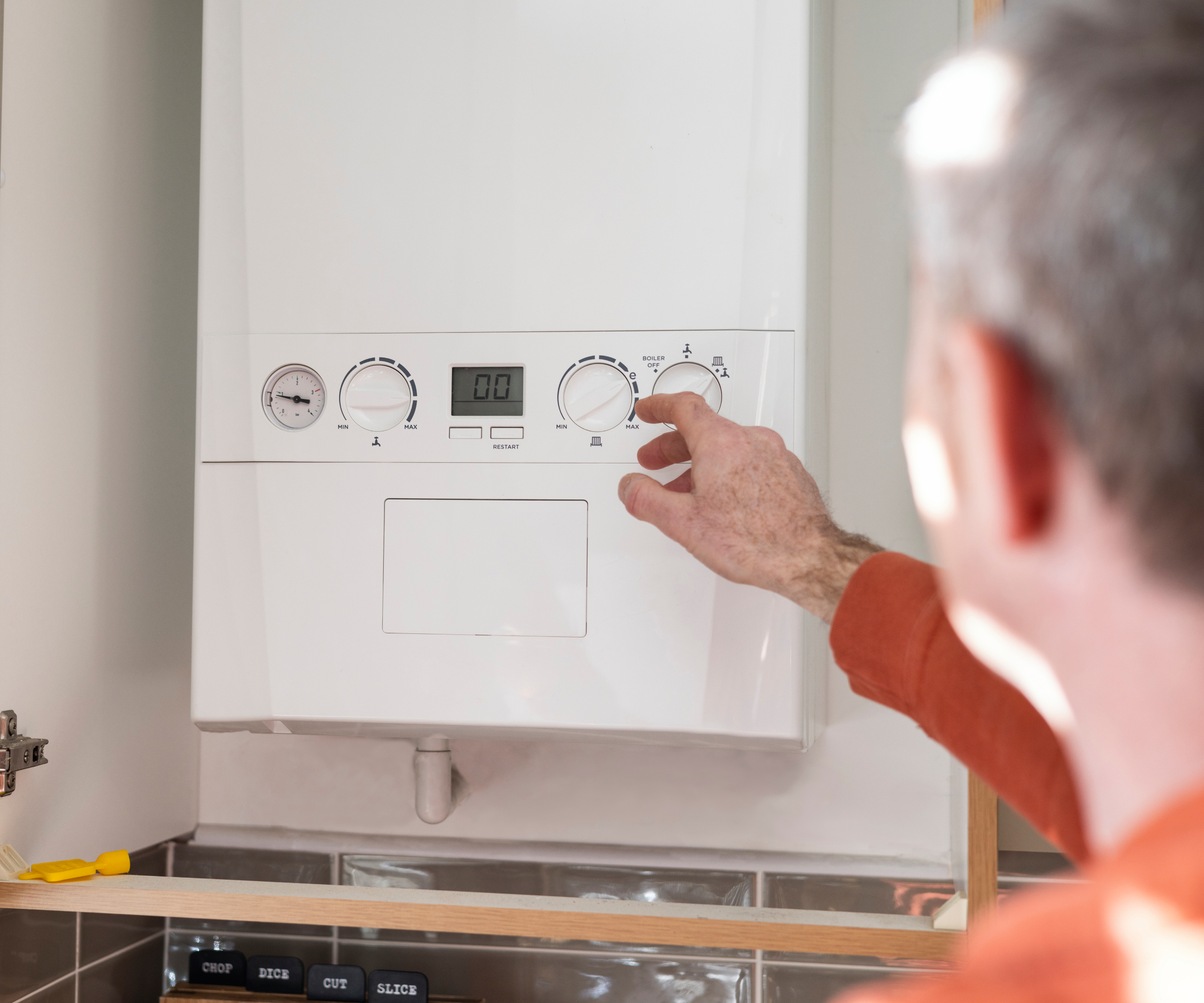
3. Maintain your radiators properly
Your radiators have to work really hard during the colder months so don't just assume they won't need any looking-after. There are a few simple steps you can take to keep them in good running order.
"Don’t forget to maintain your radiators," says James Longley. "If you regularly clean and dust your radiators you’re ensuring that they are working as efficiently as possible."
"Bleed the radiators too," adds Andrew Richards. "This removes trapped air, allowing hot water to circulate more freely through the radiators and therefore reducing energy consumption."
If you are not sure how to bleed a radiator, rest assured this is a simple task that can make all the difference.

Andrew Richards has worked in the energy saving industry in the UK for over 20 years. He has a bachelors degree in Environmental Science and is extremely knowledgeable on numerous energy efficiency technologies including solar, heat pumps and insulation. Andrew has an in depth knowledge of the various Government grants schemes and initiatives that are available in the UK.
4. Add thermostatic valves to your radiators
It isn't just the maintenance of your radiators that you should focus on. There are also other ways of getting them to work more efficiently for you.
"You can add thermostatic radiator valves (TRVs) which can help you manage your heating system and ensure the radiators in your home only come on when necessary," explains James Longley. "They are a considerably cheap add-on to your radiators, with valves ranging from £9 - £30, and you can confidently fit them yourself or seek help from an engineer."
So, just how does a TRV work?
"Thermostatic radiator valves allow you to control the temperature of the individual radiators, so you can turn down the heat in rooms you are not using," picks up Andrew Richards. "TRVs work by sensing the air temperature around them. If the room is warmer than the setting on the TRV, the valve will close a little, reducing the volume of hot water flowing into the radiator. If the room temperature is lower than the valve setting, the valve opens, increasing the flow of hot water into the radiator. They are usually marked with a scale from 0–6. You should aim for the lowest setting that keeps the room at a comfortable temperature, as this will reduce the volume of hot water, using less energy and saving you money."
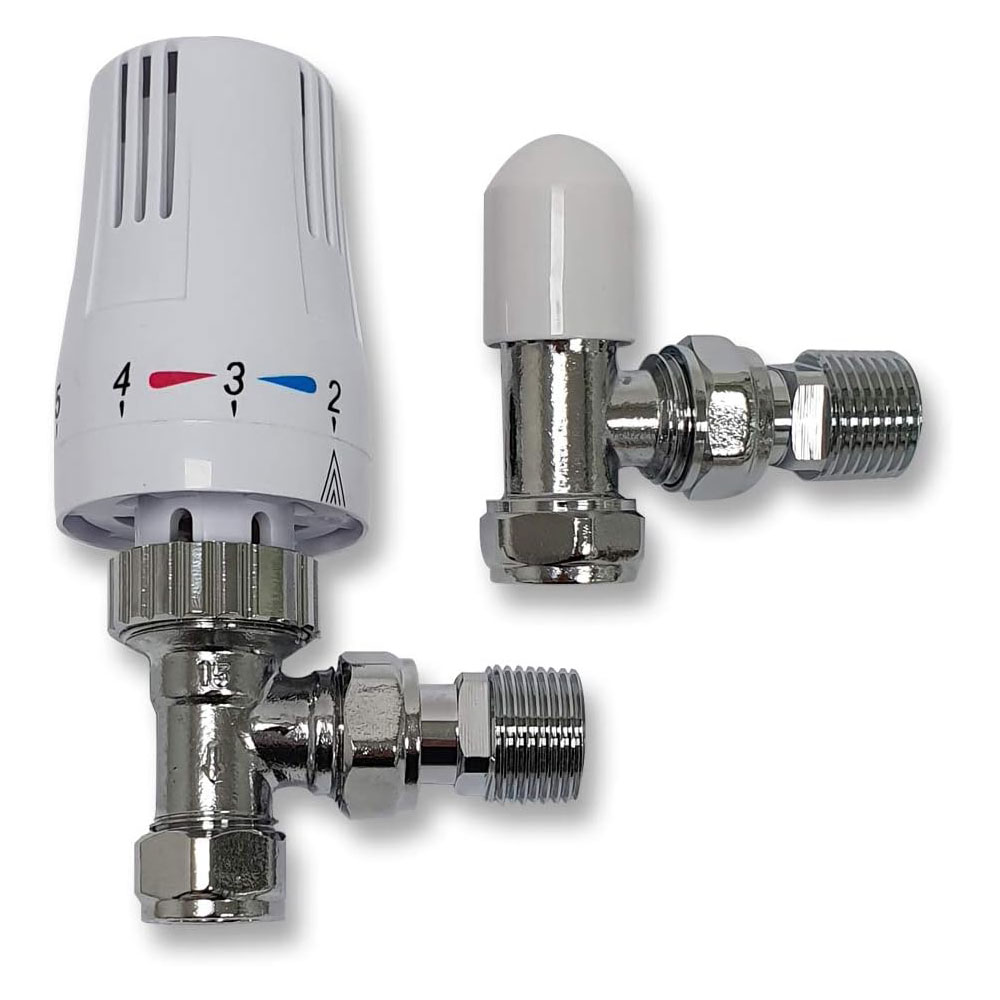
Despite costing just £9.99, this TRV is well-made and easy to fit and is designed not to leak, even when installed on a DIY basis.
5. Set your heating on a timer
You really don't want to be heating your home for any longer than necessary if you want to keep costs down, and a timer can help with this.
"A timer or programmer will allow you to control when the heating and hot water comes on and when it goes off," says Andrew Richards. "This is beneficial as it means you can programme your central heating to fit around the way your home is used. If you’re not at home or don’t require heating at night, for example, then you can programme the heating system to switch off during these times. So, you could set the central heating programme to come on around half an hour before you get up, and go off around half an hour before you go to bed. And if the house is empty during the day (or you can manage without heating during the day), then the programmer can be set to go off for this period too."
"There's a common belief that leaving your heating on low all day is more cost-effective, but that’s not the case," advise the energy experts at Confused.com. "It’s better to use a timer – set it to come on half an hour before you wake up and switch it off when you head out. Heating your home only when you need it is key to saving energy."
6. Ensure each room has a thermostat
When it comes to heating controls, a room thermostat is another device that you should consider to ensure you are not heating an empty space.
"A room thermostat prevents the central heating system from using more fuel than it needs to," explains Andrew Richards. "It will turn the heating on until the room reaches the temperature you have set and then off until the temperature drops below the programmed temperature.
"Smart thermostats allow you to schedule heating times and adjust the temperature remotely via a mobile phone."
"If the property is occupied most of the day and the inhabitants require a warm home (for example if you have young children, if the occupant is elderly, or has a health condition that is exacerbated by the cold), then it is normally advisable to keep the central heating on a constant temperature throughout the day, utilising a thermostat."
"Make sure your thermostat is set at a comfortable level," say Confused.com's experts. "In the UK, 18-22°C is ideal for most homes. Focus on heating rooms you use often, and close doors to keep the warmth in."
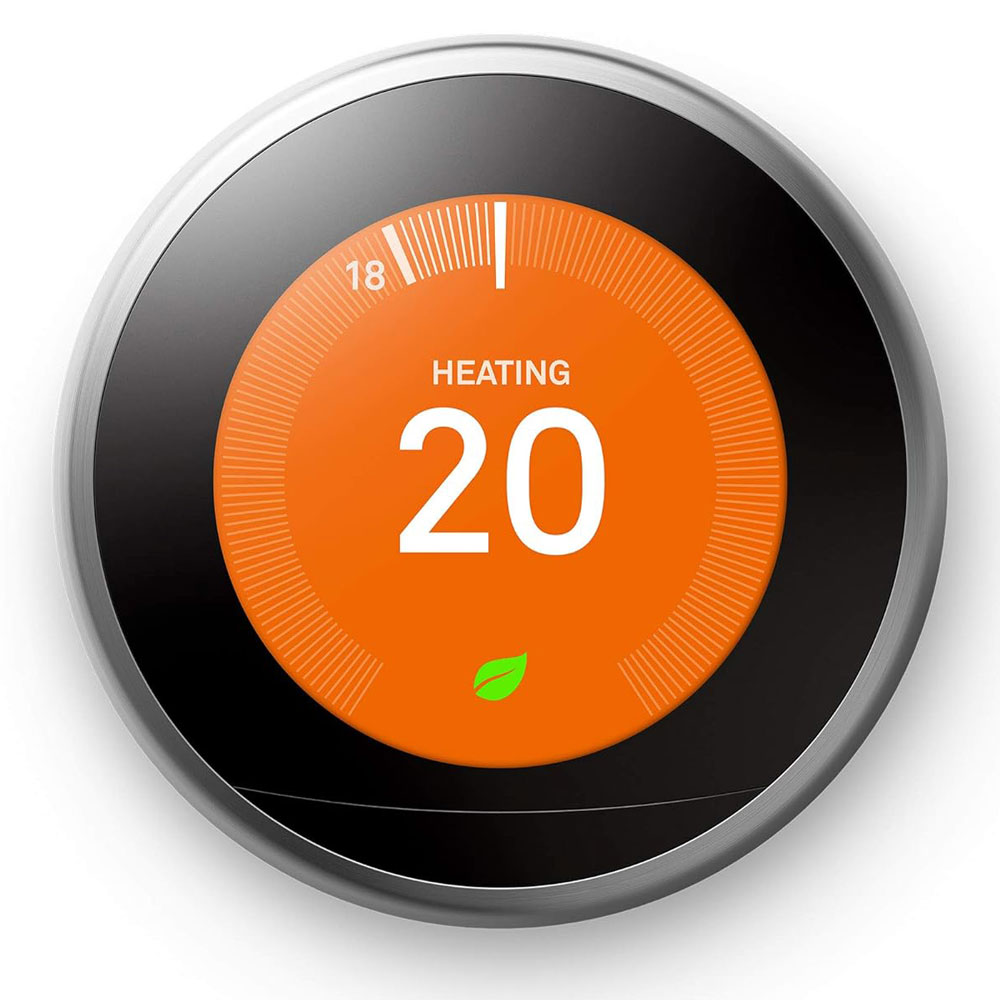
The Nest Learning Thermostat is a brilliant way to save money when it comes to your heating bills. It is designed to 'learn' the temperatures that you like to use while you’re at home, and then lowers the temperature automatically when you go out. It also detects the rate at which your home warms up as well as how draughty it is meaning no energy gets wasted.
7. Invest in an electric blanket
If you are wondering how to keep your house warm without solely relying on your central heating, there are other ways to stay toasty that won't add to your heating costs.
“There are heating alternatives you could consider using. Electric blankets are a great way to stay warm in your home and are a brilliant alternative if you are hesitant to turn up the central heating," points out James Longley. "They can vary in price from £30 - £150, depending on brand and size. These can last up to a staggering 10 years.
"Electric blankets also use very little electricity compared to room heaters. Although they do vary, a standard 100W blanket will generally cost between 2p and 4p to run at full power for one hour. They're a great option, especially for night-time," continues James. "Using an electric blanket to stay warm at night will cost you less than having the heating on, especially when you are sleeping in your bed where the blanket has heated compared to the whole room, where heat isn’t as necessary.”
Shop electric blankets

If you are after an electric blanket that heats up in no time at all then this is the one for you. It comes with dual remote controls meaning that it can be set to two different temperatures on either side of the bed making bedtime quarrels a thing of the past.

This electric blanket comes in a range of sizes from single right the way up to super king. It is fast to heat up and features three temperature settings. The manufacturers claim it costs just 1p per minute to heat your bed with this blanket.

If it is value for money that is high on your list of priorities then this blanket is well worth a look. It heats up quickly, is machine washable and is simple to fit. Like the other blankets here, it features overheat protection that shuts it off automatically if needed.
8. Insulate your home properly
There is little point in heating your home if your property is so poorly insulated that all that heat is just flying back out again, so this is a great time to look at how to insulate your house and consider upgrading your insulation.
"Ensure there is a minimum of 270mm of insulation in the loft space and, if suitable, insulate the walls of the property," advises Andrew Richards.
"Government grants are available for loft insulation, wall insulation and energy efficient heating systems such as condensing boilers or air source heat pumps," continues Andrew. "Eligibility is dependent upon the council area you live in, household income and council tax band of property. You can find more information at https://energysavinggrants.org."
FAQs
What is the best way to heat an old house efficiently?
It is all well and good looking at the best ways of heating a modern home, but how about period properties, which are often constructed differently and may lack insulation? Turning the heating off altogether can be a bad idea.
"Older homes may have less efficient insulation (or no insulation), so keeping the heating on at a low setting can help prevent condensation and mould," advises Andrew Richards.
Draught proofing should also be a priority if you live in an older home.
"Ensure there is adequate draught proofing around doors and windows to prevent heat loss," advises Andrew.
Even small things such as using draught excluders beneath poorly-fitted doors or adding thick thermal-lined curtains can make a huge difference.
"Small improvements like installing a smart thermostat, which lets you control your heating remotely, or using radiator reflectors to prevent heat loss, can go a long way in making your home more energy efficient and cosy," conclude the experts at Confused.com.
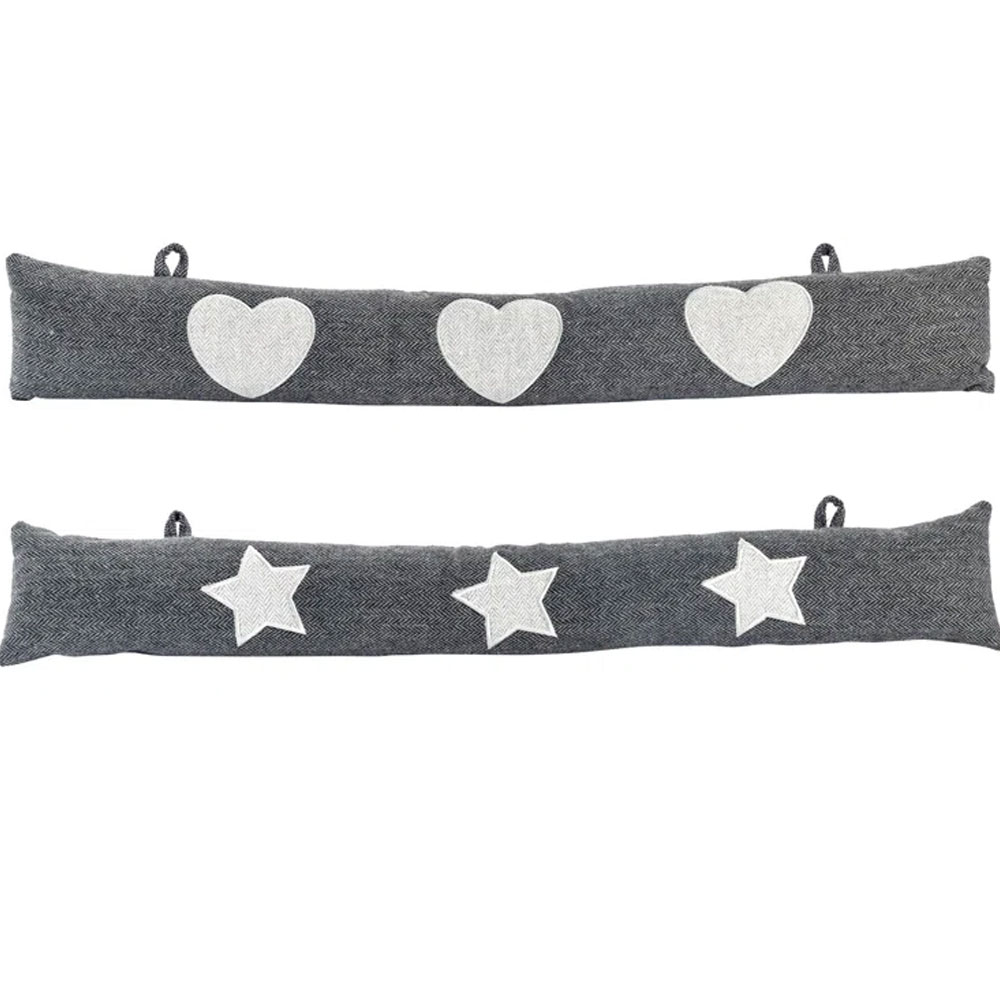
Not only do we love the look of this pair of draught excluders but they are also the perfect way to keep chilly breezes from coming in beneath doors and windows. The set of two offer fantastic value for money too .
Will turning the heating off cause pipes to freeze?
One issue when temperatures plummet is the risk of pipes freezing – something that can be exacerbated by turning off the central heating.
"If temperatures are exceptionally low, leaving the heating on at a low setting can help prevent pipes from freezing," explains Andrew Richards.
Programme your thermostat to come on when temperatures get to just above freezing and, if you are going to be away from home, rather than turning the heating off altogether, setting the temperature at between 12-15˚C should prevent pipes from bursting.
Central heating is not the only way to heat a home. If you want a way of taking off the chill as well as adding a cosy feel and a warming focal point, log burning stoves are a great idea.
Get the Homebuilding & Renovating Newsletter
Bring your dream home to life with expert advice, how to guides and design inspiration. Sign up for our newsletter and get two free tickets to a Homebuilding & Renovating Show near you.
Natasha was Homebuilding & Renovating’s Associate Content Editor and was a member of the Homebuilding team for over two decades. In her role on Homebuilding & Renovating she imparted her knowledge on a wide range of renovation topics, from window condensation to renovating bathrooms, to removing walls and adding an extension. She continues to write for Homebuilding on these topics, and more. An experienced journalist and renovation expert, she also writes for a number of other homes titles, including Homes & Gardens and Ideal Homes. Over the years Natasha has renovated and carried out a side extension to a Victorian terrace. She is currently living in the rural Edwardian cottage she renovated and extended on a largely DIY basis, living on site for the duration of the project.

